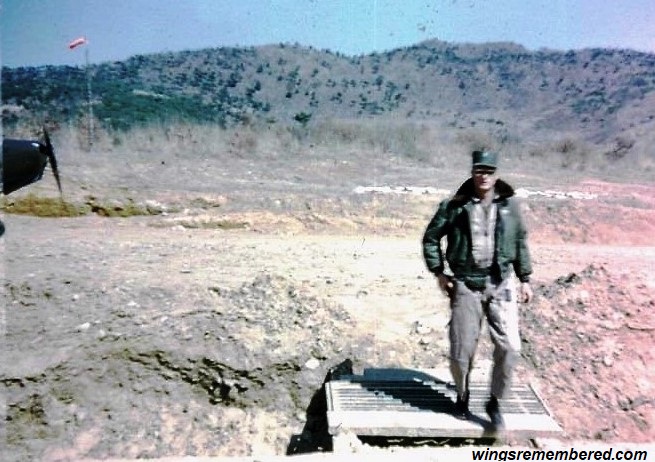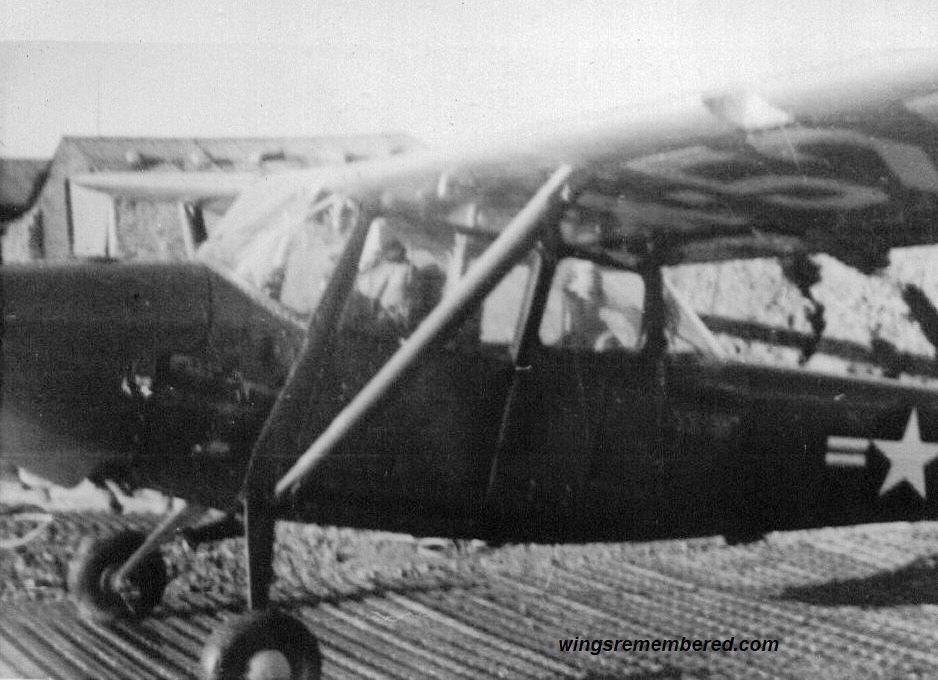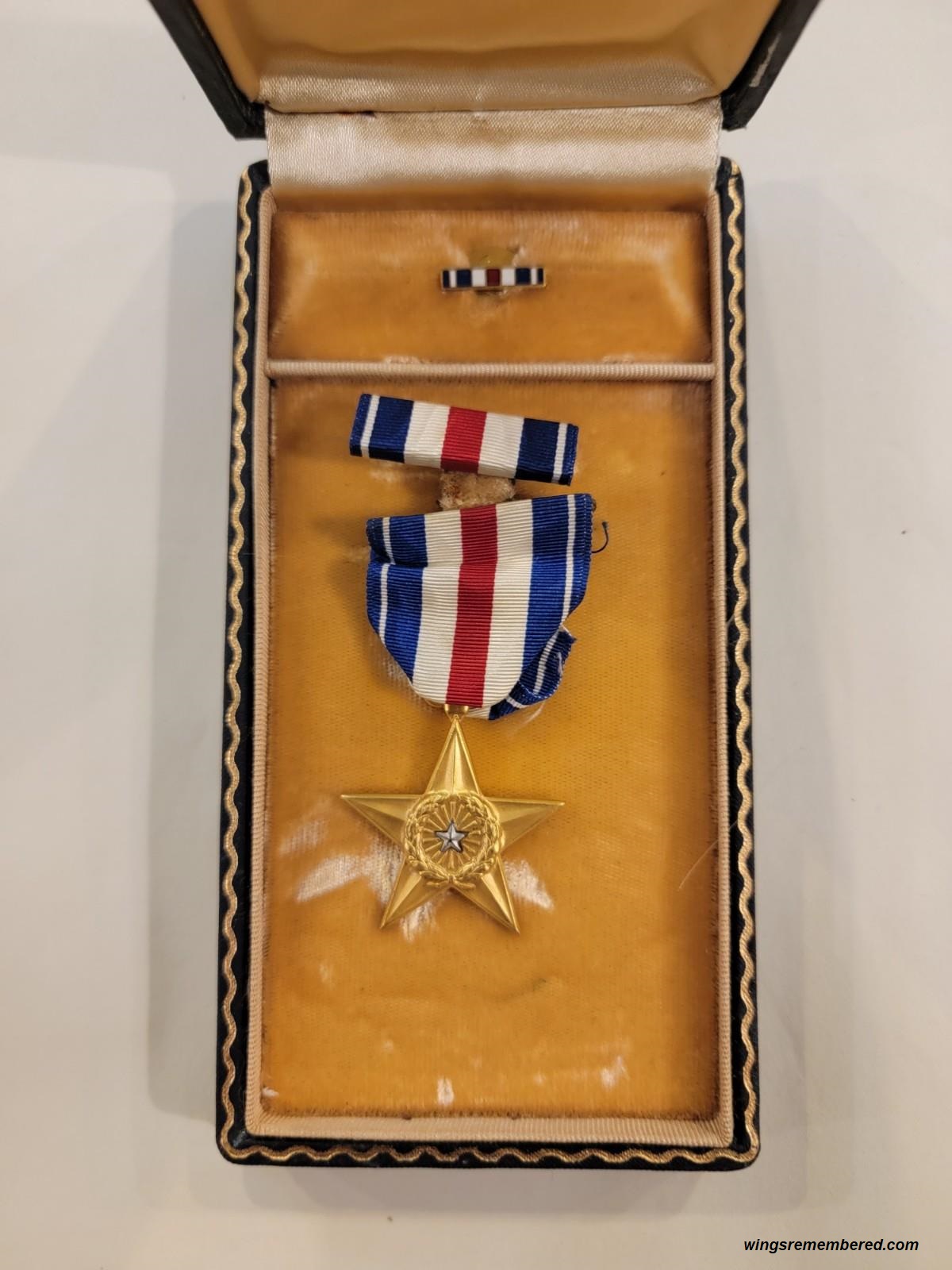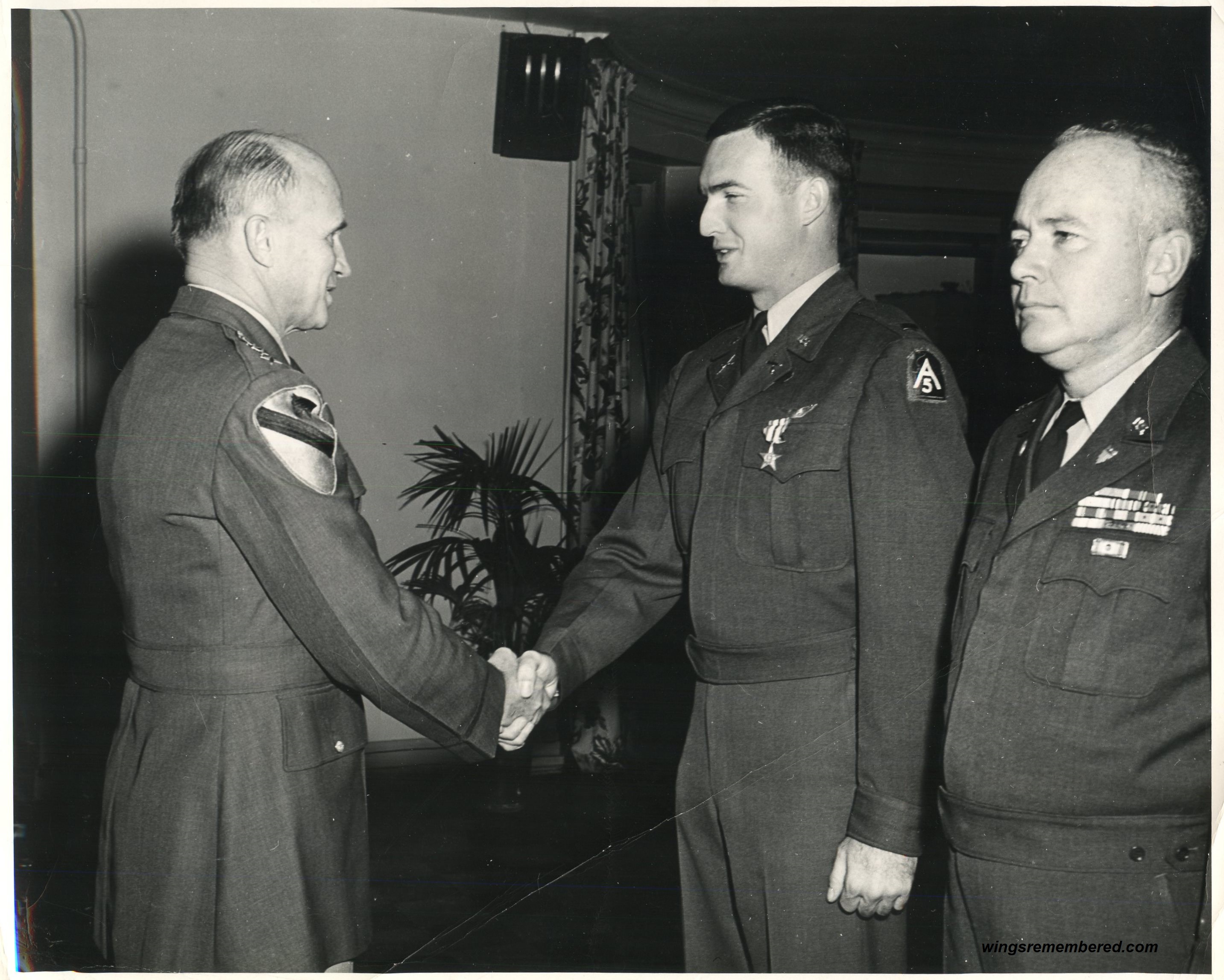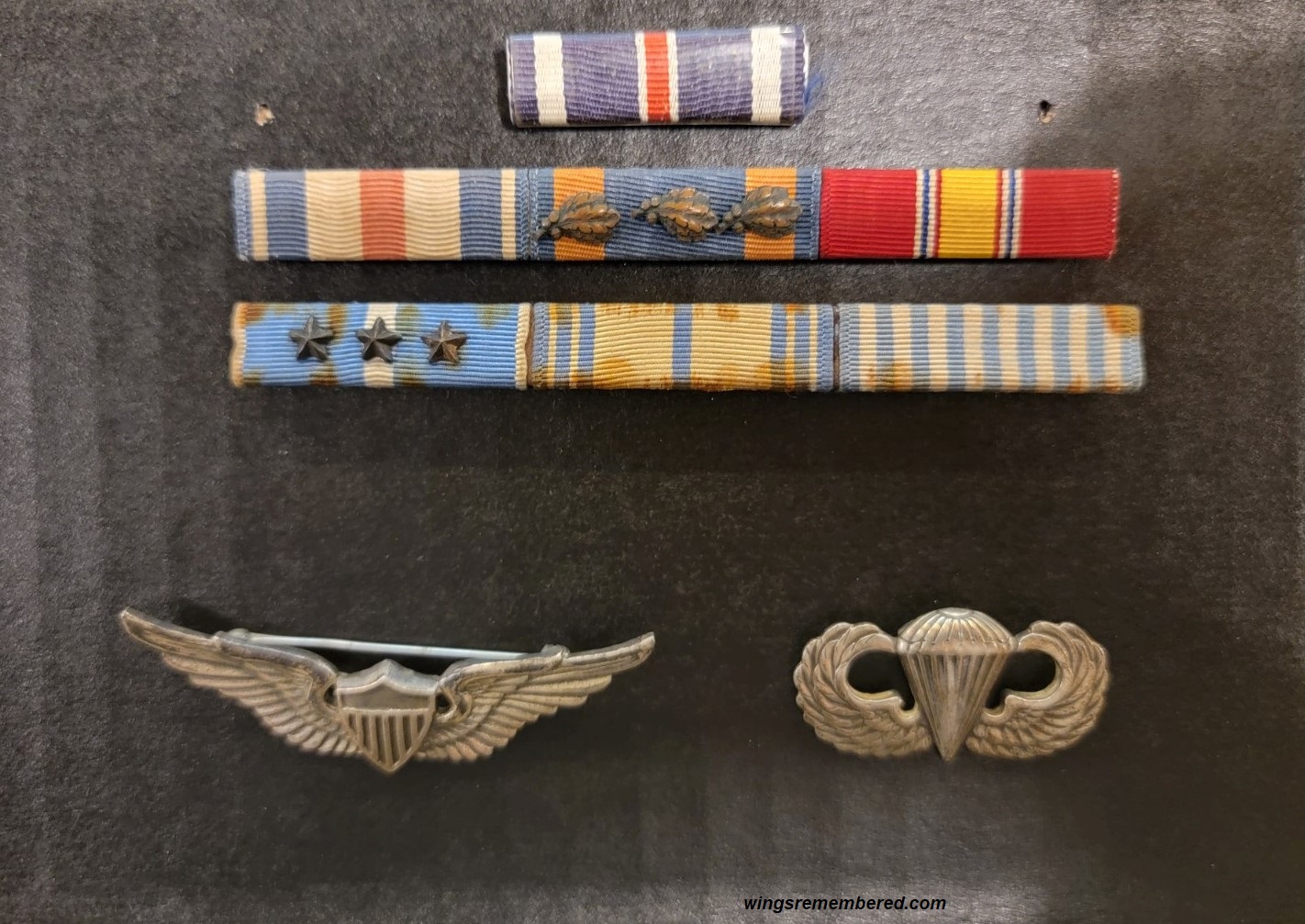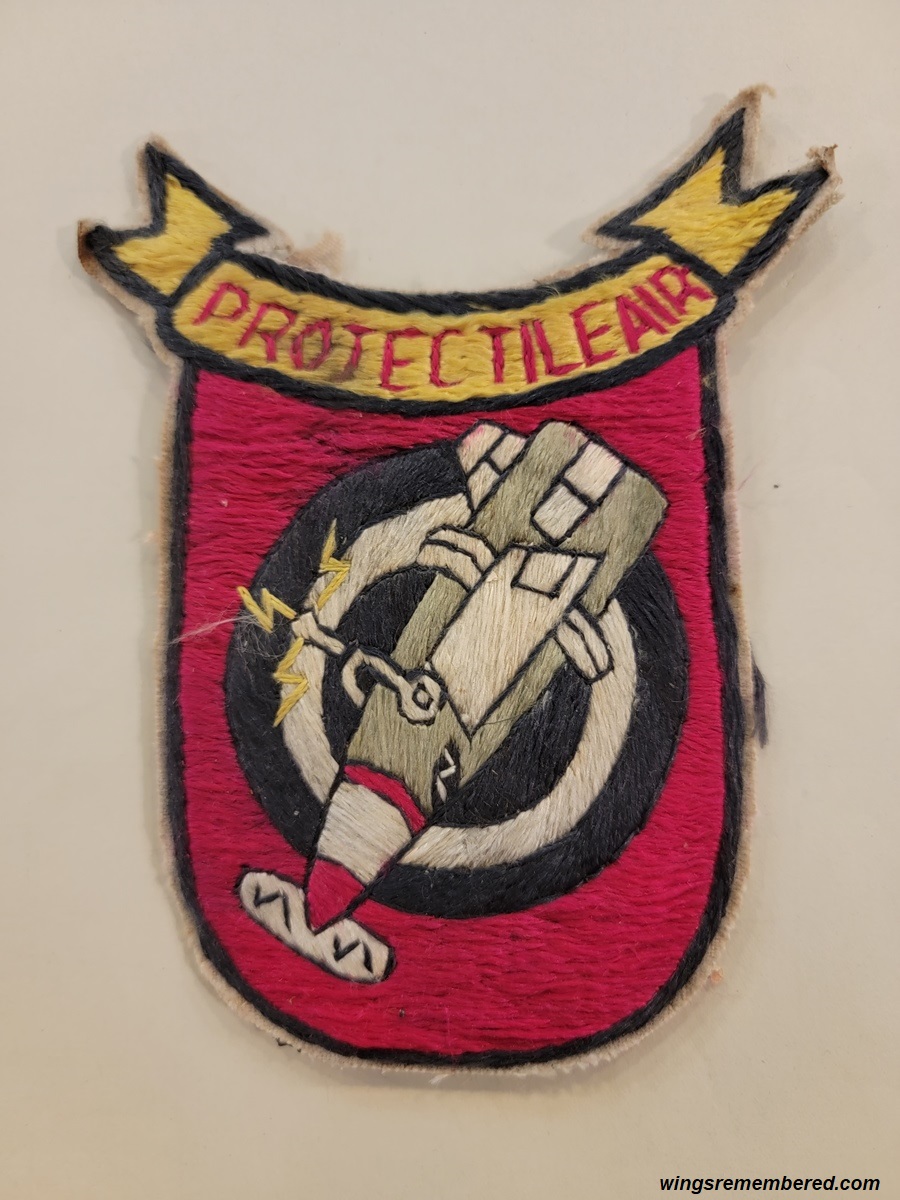Displays
Charles C. Bragg Pilot L-19 I Corps Artillery Korean War
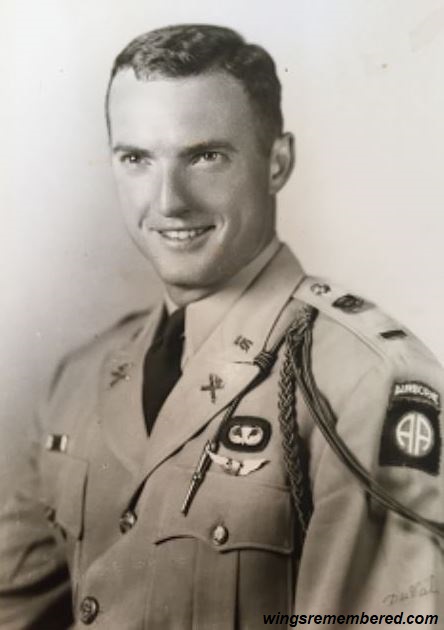
Lt Bragg volunteered to fly his L-19 aircraft low over a large concentration of active enemy anti-aircraft artillery deep within enemy territory so as to decoy the crews into the open in order that they might be destroyed by the I Corps Artillery. Due to the extreme hazards involved with this mission he flew without an observer.
Charles Bragg was born on 18 December 1928 in Hartford City, IN. His parents were Carl A. Bragg and Helen Cady Bragg.
Charles completed is Reserve Officer Training Corps on 18 June 1949 and Coastal Artillery Corps Training on 1 June 1950. He joined the US Army on 20 February 1951 as a Senior Army Aviation Officer. He retired on 18 December 1988 as a Lieutenant Colonel. His military career included three tours of duty, one in Japan and two in Korea. Charles was a Commander of the 4th Howitzer Battalion of the US Army’s Artillery Regiment. He was a highly decorated Officer receiving the Silver Star, Air Medal with three oak leaf clusters for flying 140 reconnaissance missions over enemy territory contributing directly to the successful accomplishments of those combat missions. Additionally he was awarded the Korean Service Medal with three Bronze Stars and the United Nations Service Medal.
Following his active duty in the Army and while a reservist. Charles went back to school and earned a business degree from Michigan State University. He was married to Marlene Thomas Bragg and passed away on 6 December 2018.
Charles was awarded the Silver Star for gallantry in action near Majong-Dong, Korea on 28 March 1953. Here are excerpts from the award document.
Lt Bragg volunteered to fly his L-19 aircraft low over a large concentration of active enemy anti-aircraft artillery deep within enemy territory so as to decoy the crews into the open in order that they might be destroyed by the I Corps Artillery. Due to the extreme hazards involved with this mission he flew without an observer. Despite the intense anti-aircraft fire being directed at him, approximately 5,000 rounds Lt. Bragg piloted his airplane over this concentration at a low altitude of 4,000 to 6,500 feet five times to ensure maximum damage to the enemy. He succeeded in decoying about 36 of the enemy weapons out into the open. By this act Lt. Bragg was responsible for the destruction of approximately 20 enemy anti-aircraft weapons and the killing or wounding of their crews. This mission so neutralized the enemy in the vicinity that I Corps Artillery aircraft could again fly over the area and conduct aerial surveillance and direction of artillery fire so vital to the supported infantry divisions. The enemy could no longer move troops and supplies through this area with impunity.
Lt Charles C. Bragg
Lt Charles C Bragg in Korea 1953
Lt Charles C Bragg in his L-19
Silver Star
Lt Charles C Bragg Receiving His Silver Star
Insignias
Theater Made Unit Patch

